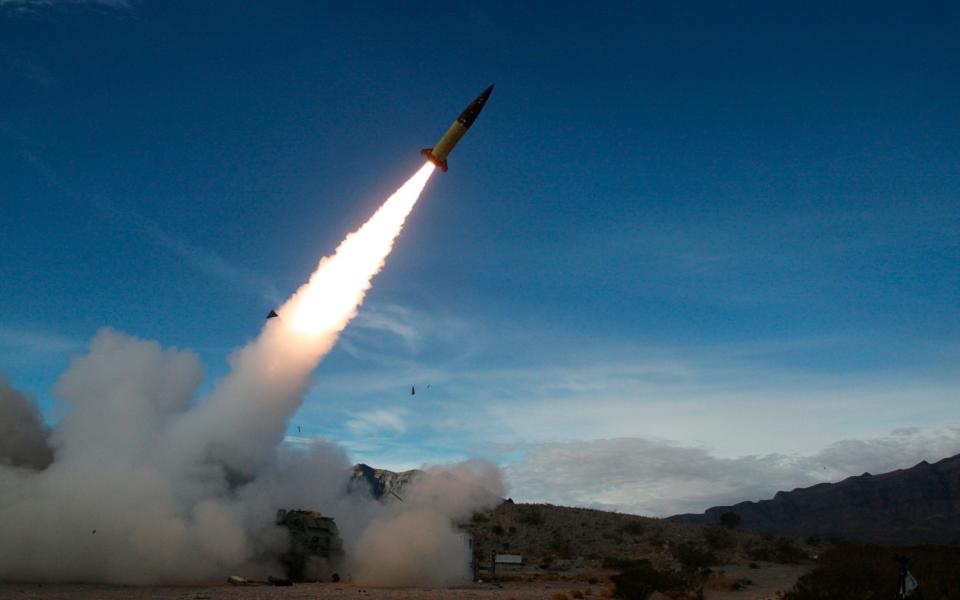Ukraine’s balloon-borne bomber blitz: Designed to waste Russian shells and missiles
The latest Ukrainian deep-strike weapon isn’t a drone, a cruise missile or a ballistic missile. It’s a balloon.
In a recent speech, Russian defence minister Sergei Shoigu claimed Russian air defences had shot down 37 Ukrainian balloons since Russia widened its war on Ukraine starting in February 2022.
Many of the balloons arrived recently. The Kremlin reported five balloon shoot-downs on April 18 and two more on April 20 – one of the latter got as far as Moscow, 275 miles from the border with Ukraine. Another balloon crashed just inside Russian territory in March.
The balloon designs are all pretty similar: an inexpensive envelope, a simple satellite-communications relay, a bit of ballast – and a few pounds of explosives. It’s possible each balloon costs just a few hundred dollars, likely making the lighter-than-air vehicles the cheapest of Kyiv’s deep-strike weapons, which also include long-range strike drones, British- and French-made cruise missiles and ballistic missiles from the United States.

The recent barrage of balloons is part of a wider campaign of Ukrainian raids targeting strategic targets hundreds of miles inside Russia and Russian-occupied Ukraine: air bases, weapons factories and oil refineries are among the top targets.
The Ukrainians lately have been especially busy with their American-supplied Army Tactical Missile System rockets. The United States reportedly shipped more than a hundred of the precision-guided ATACMS starting in March. Ukraine wasted no time bombarding Russian air bases and air-defence batteries in Crimea and eastern Ukraine.
Ukrainian strikes on Russian air bases have escalated to the point that, in recent days, the Kremlin pulled back dozens of its best warplanes, redeploying them from bases near the front line to bases hundreds of miles away – beyond the reach of Ukraine’s cruise and ballistic missiles, although not beyond the reach of the farthest-flying strike drones.
Don’t expect the balloons to have such a serious impact on Russian operations, however. Explosive war balloons aren’t new. They’ve floated across borders in at least three wars in just the last century – and never had any meaningful impact.
This is for one major reason: they’re unguided. They just float on the wind until they can’t anymore. Japan floated nearly 300 bomb-laden balloons across the Pacific Ocean in 1944 and ’45. The only casualties were a pastor’s wife and five Sunday School students on a fishing trip in Oregon who accidentally triggered the explosive payload of a crashed balloon .
The Japanese balloon bombs were more effective than the crude bombs terror group Islamic State deployed in Syria in 2015. The tiny unguided craft – apparently just condoms full of some lighter-than-air gas and carrying miniscule explosive charges – apparently inflicted exactly zero damage on Syrian forces.
Balloons can work as wide-area surveillance systems, which is why Russia has drifted a few over Ukraine since 2022 – and why China routinely deploys them over the western Pacific Ocean and even sent a few floating over the United States last year.
But surveillance doesn’t necessarily require precision. High-resolution cameras and sensitive electronic receivers can collect useful intelligence over thousands of square miles.
An air raid does require precision: missing by just a few yards can make the difference between a successful raid and a failed one. An unguided strike balloon is, at best, a way for one country to compel another country to waste precious air-defence resources trying to shoot them down.
Smart air-defence commanders would simply ignore them. Ukrainian planners might be hoping they don’t. It’s apparent that one aim of Ukraine’s widening strike campaign – more and more drones, missiles and rockets hitting more and more bases and industrial sites – is to force Russia to spread out, and thin out, its radars and surface-to-air missile batteries.
“Ukrainian drone strikes against targets within Russia are ... likely increasing pressure on available Russian air-defence assets,” the Institute for the Study of War in Washington DC explained.
And for the Ukrainians, that pressure represents an opportunity. Thinner Russian air-defences along the front line means less risk to Ukrainian warplanes operating directly over the battlefield. “You can’t defend everywhere,” retired US Army general Mark Hertling noted.
As long as the Russians are wasting resources shooting down balloons, they’re not devoting those same resources to shooting down Ukrainian assets that actually matter. Ones with a reasonable degree of accuracy.

